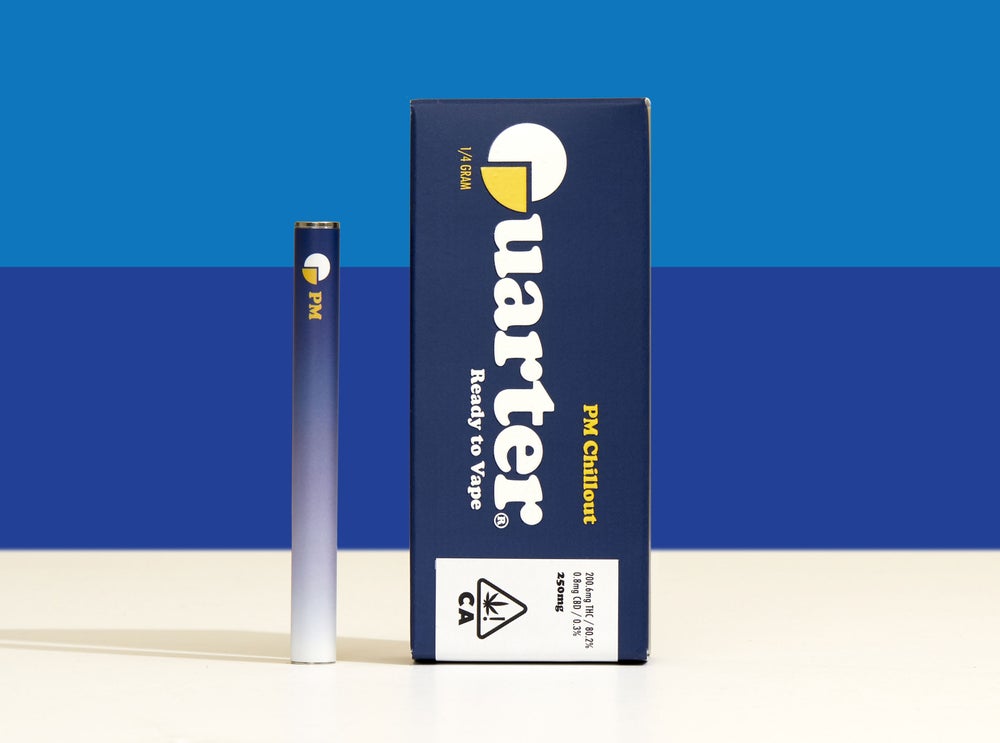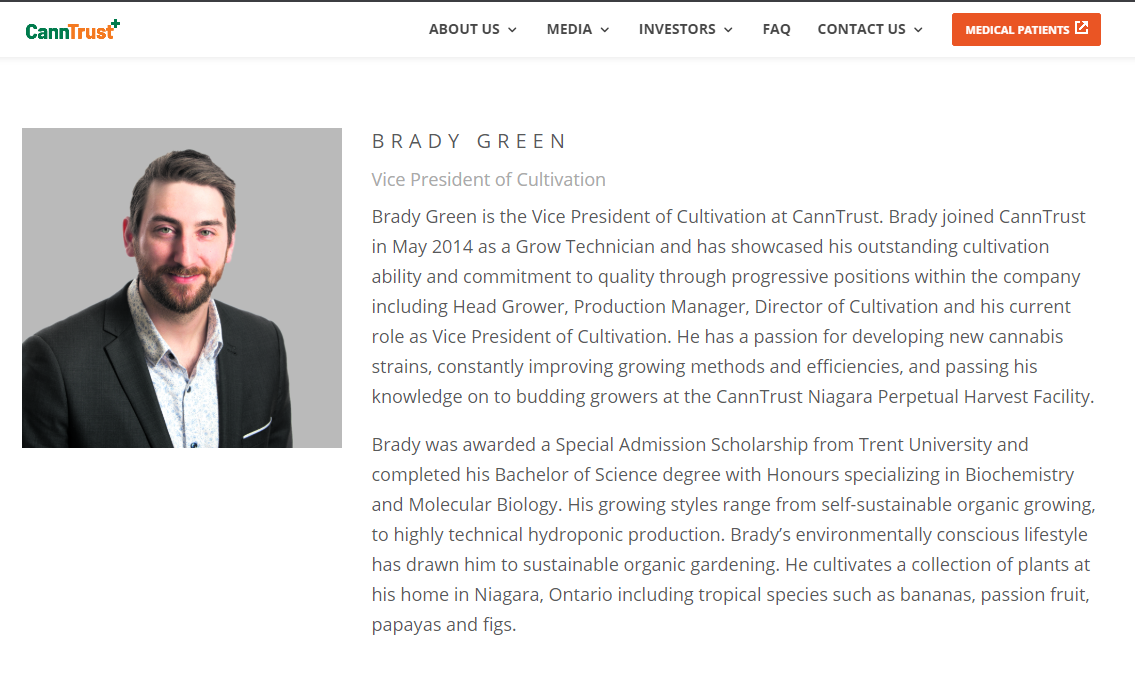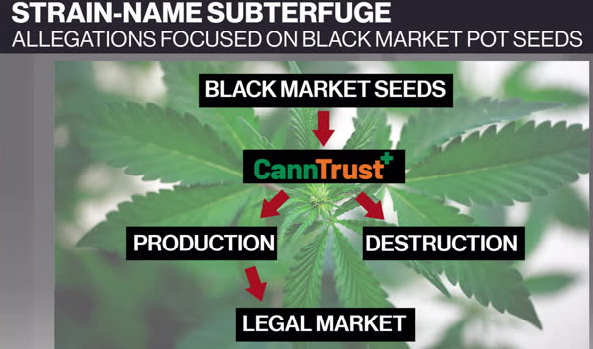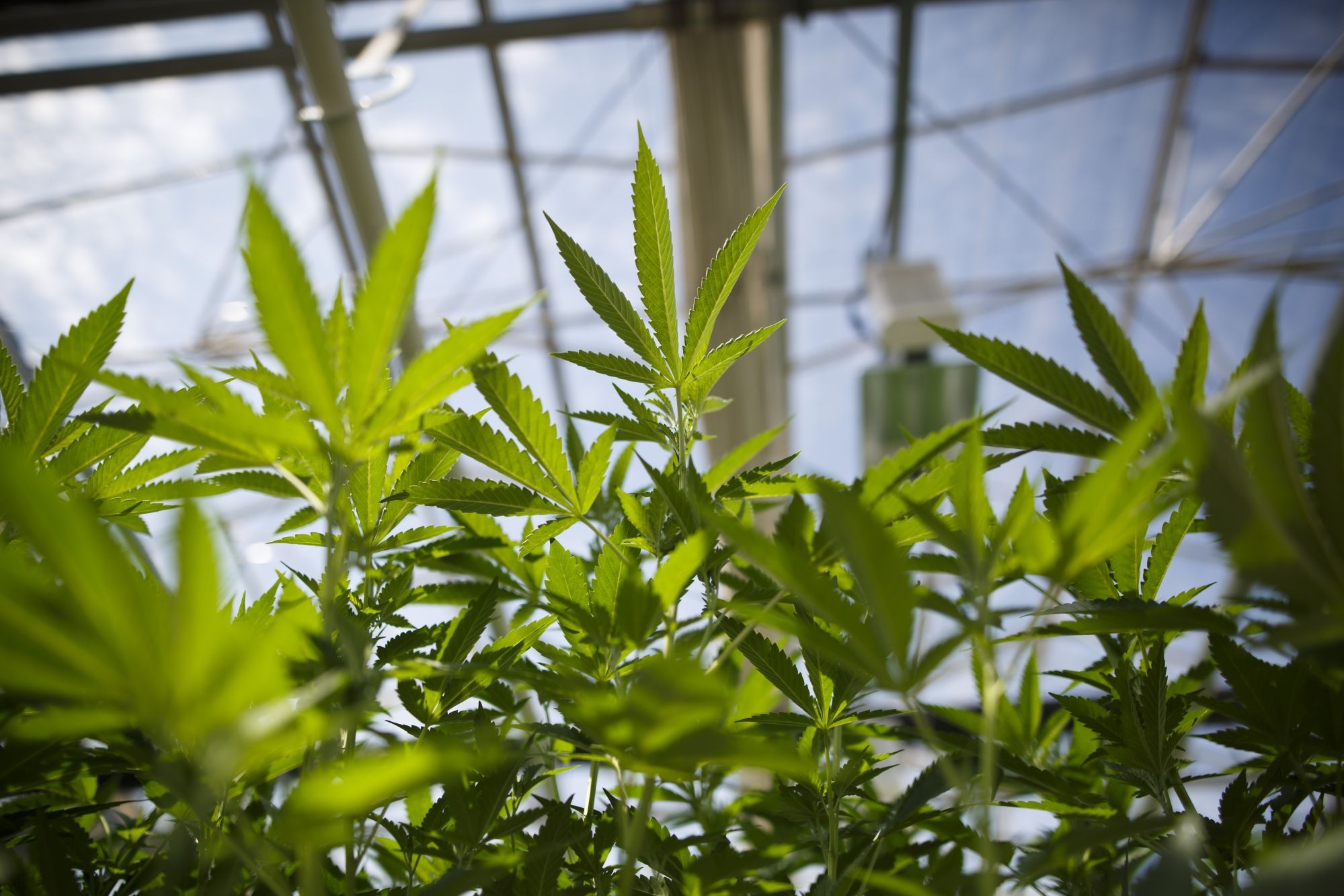The new buzzword in cannabis branding? 'Affordable luxury'
From a high-end dispensary opening up in Barneys New York to cannabis-infused pastilles and $20 chocolate bars, luxury cannabis has been all the rage this past year. The trend makes sense. Savvy entrepreneurs see a huge yet untapped market of canna-curious customers with lots of disposable income. But what about consumers who want the "premium" experience without the premium price tag?
That's where companies like Quarter Brands come in.
Quarter, named for its $25 quarter-gram oil vape pens, has positioned itself as a quality brand for consumers who don't want to spend a ton of money. “The emphasis has been on super-premium brands,” says Quarter co-founder Jackee Stang, “but nobody was going after affordable luxury.”
Her line of disposable vape pens has been available through MedMen and some independent dispensaries since March. Last month, Quarter spread to more dispensaries through a partnership with distributor HERBL and plans to release a line of pre-rolls by the end of 2019.

Stang compares Quarter products to the impulse buys stocked near the cash register at Whole Foods—think organic chocolate and uncured bison jerky. The quality has been vetted and the price is not prohibitive.
“It’s for the consumer on the go that understands quality and respects their experience enough to get the highest quality, not the cheapest thing on the shelf,” Stang says.
How the brand came to be
The desire to offer a more accessible, premium marijuana experience came from Stang’s personal experience. As a former VP of programming for High Times, Stang noticed that she had access to the highest quality cannabis that other consumers might not even know about. That didn't seem fair. "We got to have the best cannabis for ourselves, and we wanted to provide that to the consumer, but at a reasonable price,” she says
So she left her job and founded Quarter with her husband Matt Stang, who is Chief Revenue Officer at High Times. She says deep connections, made over decades in the cannabis industry, have been their secret weapon.
“Matt knows the best growers, best prices, and best extractors and blenders," Stang says. "And then he’s putting that product into the best tech from the best manufacturers. It’s a community and network that is unmatched. It makes it possible to create a very high-quality product and great value in terms of price.”
Black market competition
But keeping the quality up and the cost down hasn't been easy. The downside to affordable luxury cannabis is the competition from black market actors who aren't playing by the same rules. While the legal marijuana space faces a regulatory and tax landscape that pushes prices higher, the unregulated, untaxed illicit businesses are able to sell their products at much lower prices.
Although Stang voices strong support for the laws governing weed in California, she concedes that given the frequent regulatory changes—such as the requirement that went into effect July 1 for all legal cannabis to be independently lab tested—and the price-setting power of the dispensaries, a manufacturer’s suggested retail price (MSRP) doesn’t necessarily mean that's what customers pay.
“We can supply top-quality vape oil pens and tell them the MSRP is $25, but we can’t control what they sell it for,” she says. “Even if they’re making a 100 percent markup, we have no control over negotiating our relationship and what they sell it for.”
Even so, compared to the risk of buying untested product on the black market, which may contain pesticides or mystery additives, Stang feels Quarter strikes an important balance between quality and price. “The cheapest thing on the shelf isn’t always the greatest thing for your health,” she says.
Market response
With its retro labels, Quarter is aimed at consumers who have busy lives and may not be weed enthusiasts, but who know quality and want a good value. The information on the label is clear, with targeted mood states promising energy, relaxation or just feeling good.
So far customer response has been enthusiastic, says Eric Bava, Quarter director of brands, says the
“People say the brand is very approachable with the fun, bright colors, and love how we simplified the way of identifying the various strains and flavors.”
Bava says that demand is there for a high-quality vape pen at a lower price, but the challenge in a crowded marketplace is to entice customers to try Quarter. “The simple approach combined with the quality of the product has allowed Quarter to make a big splash in such a short time on the market," he says.




